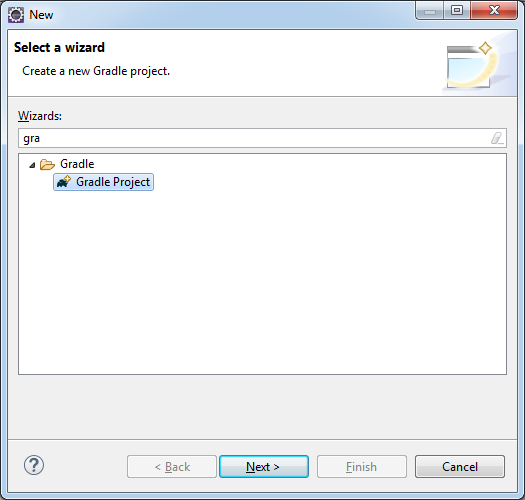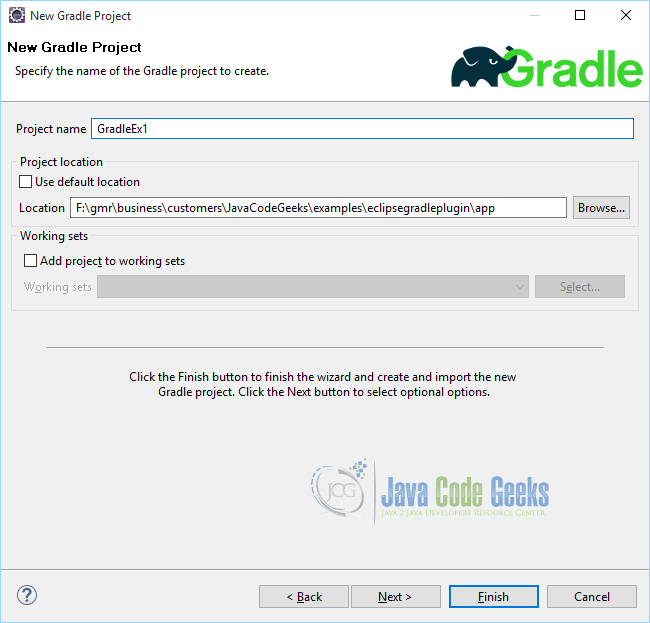

But if you need just to take a look at a project, this way may suffice. Stone age of IDE: you would need to rerun `gradle eclipse` every time you update dependencies.

That you get with File -> New -> Project -> Gradle / Gradle Project or File -> Import -> Gradle / Gradle Project You can do without Gradle IDE with command line $ gradle eclipse It can be created with Pivotal Gradle IDE or by adding adle file to other project (e.g. With Enide Gradle for Eclipse adle file inside project would be enough. ( This entry uses composite update site, check xml files at. StartExplorer for quick switch to command line ZipEditor with some additions v1.1.2 to quickly look inside Gradle output: aar, apk, jar, war. Minimalist Gradle Editor plugin Nodeclipse EditBox for code blocks highlight. Newly included since October 2017 as it is better than still included : Gradle (STS) Integration for Eclipse by Pivotal (feature name is Gradle IDE) Gradle for Eclipse by Nodeclipse/Enide Editor for. For Oxygen EGradle Editor was added, while EditBox excluded. This plugin set works in any Eclipse (from Neon downto 3.7.2). Install Pivotal Gradle IDE & Enide Gradle for Eclipse & EGradle Editor in one operation.


 0 kommentar(er)
0 kommentar(er)
